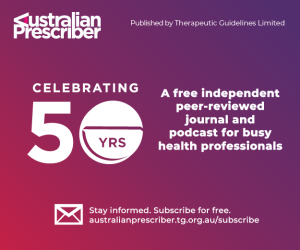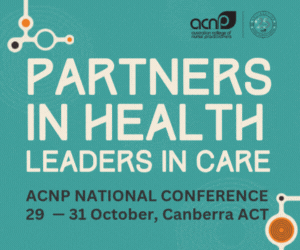A South Australian coroner has handed down its findings on the brutal murder of outback nurse Gayle Woodford , which includes recommendations to expand Gale’s Law by ensuring health practitioners working for Nganampa Health Council (NHC) are accompanied by a second person en route when on callouts all hours.
The 2020 coronial Inquest into Gayle’s death was intended to examine the overall safety of on-call remote area nurses, the police presence in remote communities and Dudley Davey’s release from prison before the attack.
Of the 12 recommendations handed down, Mr Schapel advised that “notwithstanding the requirements contained within the relevant provisions of the Health Practitioner Regulation National Law (South Australia) Act 2010 and the Regulations made thereunder (Gayle’s Law)”, Gayle’s employer, NHC, “establishes processes to ensure that its health practitioners are accompanied by a responsible person en route on any callout regardless of the time of day or night’’.
Further, he recommended that policies and guidelines were in place to ensure “presentations of persons seeking the services of health practitioners employed by the NHC in remote areas are not made in person by a direct approach to the home address of the health practitioner”.
Mr Schapel found Gayle’s death could have been prevented had the NHC made “provision for nurses to be accompanied by another person when working on-call at night and to have called for the necessary funding, a measure that took Mrs Woodford’s murder to come to realisation.”
Other recommendations included the need for police to be stationed in the Far North Town of Fregon; banning high-risk offenders from living or going to the APY Lands; and that the SA Police, Parole Board and the Department of Correctional Services advise whether an application should be made to detain a prisoner for longer periods.
Speaking on the absence of police in the town, Mr Schapel said it was “perverse” that such a lawless town had no police presence.
Davey murdered Gayle in March 2016 in the remote community of Fregon in South Australia’s APY Lands, where she lived and worked.
The 56-year-old nurse, who was employed by the Nganampa Health Council (NHC), was on call alone on the night she was abducted, raped and bashed to death after being lured by Davey.
In 2017, Davey was sentenced to life in prison with a non-parole period of 32 years for Gayle’s rape and murder.
Following the circumstances of Gayle’s death, the family spent three years fighting for laws to ban single-nurse postings.
Gayle’s Law came into operation on 1 July 2019, intending to reduce isolation and improve safety for health practitioners, particularly in remote areas.
Under the Legislation, health service providers must have arrangements for the engagement of second responders and policies and procedures to reflect the Legislation.
Gayle’s Law applies to any health practitioner or person who provides a health service in response to an out of hours or unscheduled callout in a remote area of South Australia.
The ANMF (SA Branch), who championed Gayle’s Law, has advocated for the Law to be adopted nationally.
Speaking on the recommendations, ANMF (SA Branch) CEO/Secretary Adj Associate Professor Elizabeth Dabars said they were useful and important.
“ …We’re very pleased to see not only that it seems the coroner’s findings support the law (Gayle’s Law) but also support an expansion of it (that nurses are accompanied at any time),” Ms Dabars said.
“I think what we really want to see is two things. One is that the Law should be actually extended beyond the jurisdiction of South Australia. I know that is not within the coroner’s gift to give, but we’re hoping that these findings create an environment where we can reactivate that debate and get action on it.
“I think the other issue here is that this should not have occurred in the first place. What it does highlight is failures in the existing occupational health, safety and welfare system, which we see elsewhere.”








